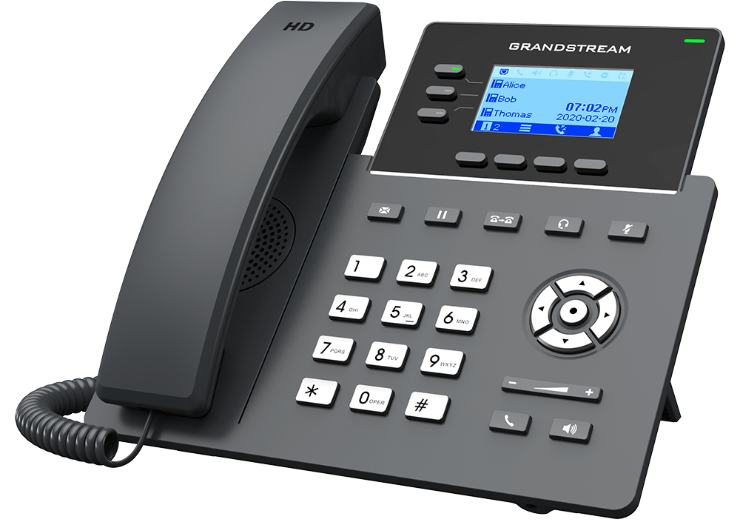What is SIP Trunking
With the increased adoption of VoIP technology many of the terms and acronyms that have previously been kept to the vocabulary of dealers and resellers are finally finding their way into the mainstream.
SIP trunking is one such VoIP related term that gets used in conversations and proposals for VoIP solutions. And while these words are being used more and more there is still some lingering uncertainty with many customers as to,“what is SIP trunking?”
Understanding SIP Trunking
To get a clear understanding of what SIP trunking is we must first understand what SIP is.
SIP, which stands for Session Initiation Protocol, is a standards based protocol that is used for voice and video communications across an intranet or the internet. It is the default protocol used by the majority of businesses using VoIP.
Therefore SIP trunking refers to the packetized SIP media stream that moves across the network transporting your voice call between the PBX and end call destination.


How is This Different From Traditional Calling?
Before SIP, voice calls were carried over the Public Switched Telephone Network (PSTN), the copper phone lines we traditionally associate with the “telephone.” The PSTN is a physical, circuit switch network, that requires a physical connection between two points in order for a call to take place.
SIP trunks on the other hand, are virtual phone lines that allow you to make and receive phone calls over the internet to anyone in the world with a phone number whether they are using VoIP or the PSTN. SIP trunks utilize a packet switch network, where your voice calls are broken down into digital packets and routed across a network to its final destination.
Why Use SIP Trunking?
Now that you understand the basics behind SIP trunking services, the next thing for you to learn about are the benefits of using SIP trunking. While most dealers, resellers and small businesses might assume that cost is the only one, there are actually several other benefits.
